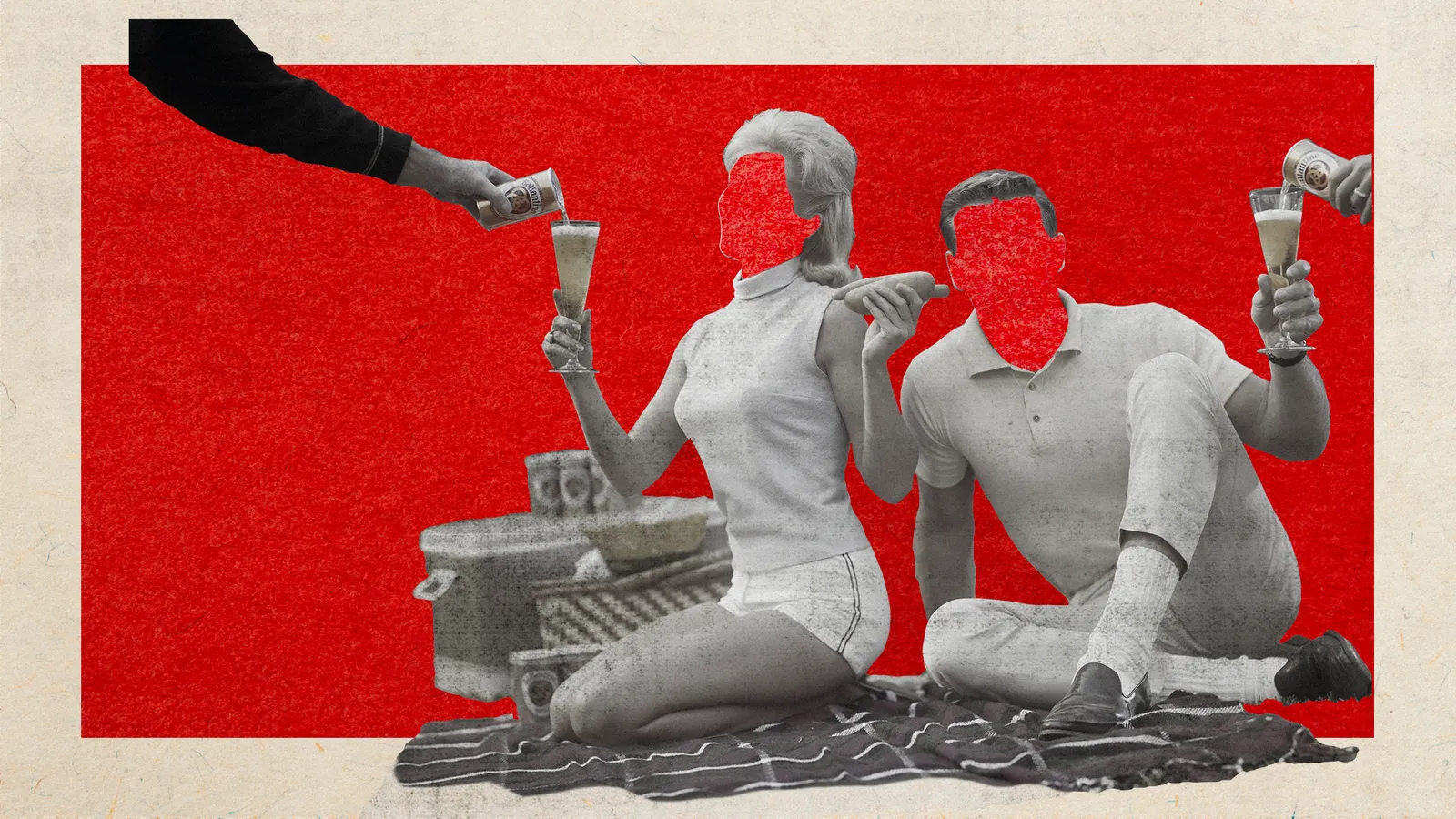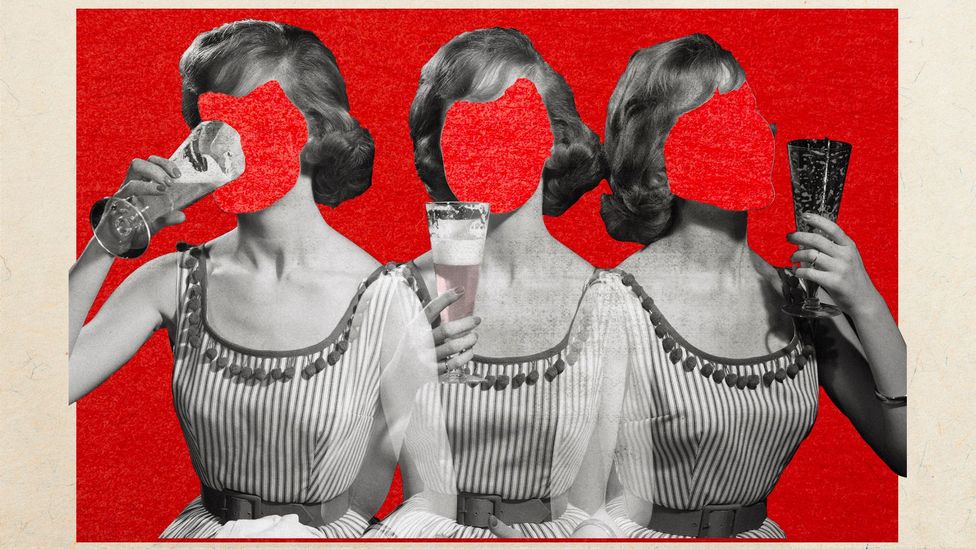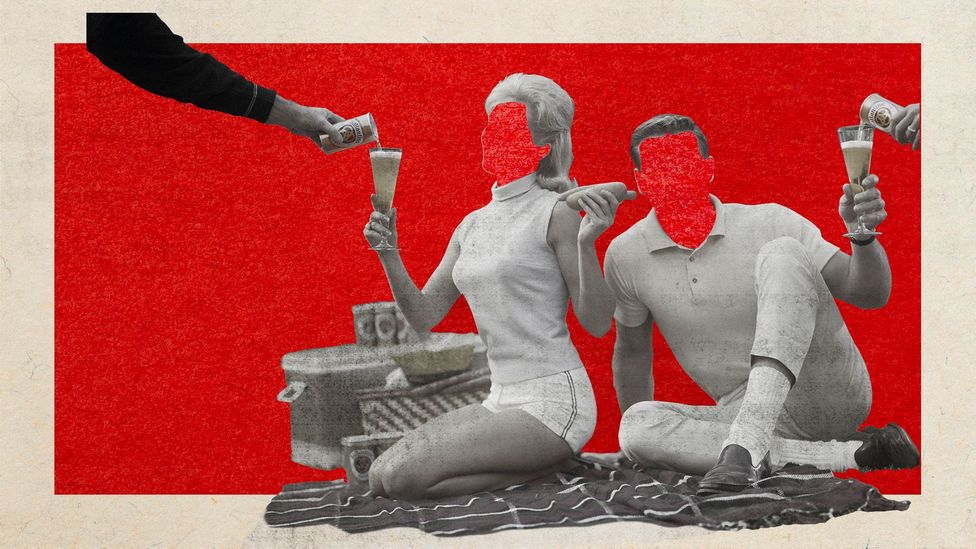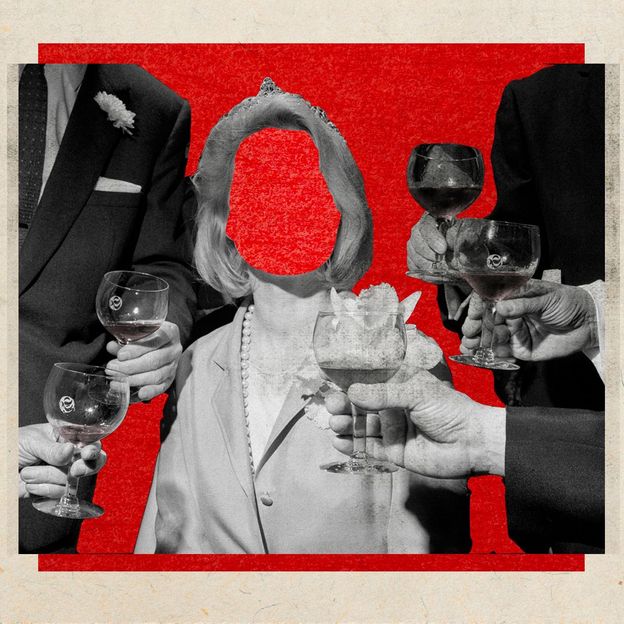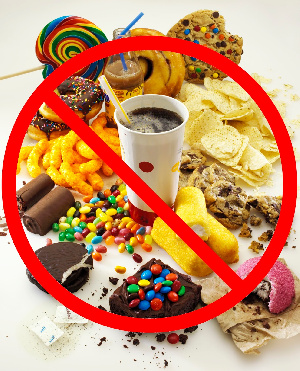I turned 18 the day before I left home for university, conveniently passing the UK’s age threshold for buying alcohol just in time to explore student pubs and bars. When I signed up with a doctor near my new home, she asked how many units of alcohol I drank each week – a common way to measure alcohol intake here in the UK, with 1.5 units roughly equalling a small glass of wine. “Around seven,” I said, quickly totting up the few covert vodkas-and-orange that I’d enjoyed on nights out with my friends from school. I thought this was low, but I’d never been much of a rule-breaker.
“That’s going to rise now you’re here,” the doctor replied with a dry chuckle. She wasn’t wrong. Within a few weeks, I was happily knocking back a bottle of wine before lining up shots in the student bar. I knew heavy drinking could wreak its toll across the lifespan, but I hadn’t considered that my youth would bring additional dangers, compared to someone of 30, 40 or 50. Surely the risks were the same for all adults?
If I’d heard what I now know about the unique ways that alcohol can affect the young adult brain, I might have been a bit more cautious. At 18, my brain was still metamorphosing, and would not reach maturity for at least seven years. This alters the way we respond to alcohol – and drinking during this critical period can have long-term consequences for our cognitive development.
Speaking to researchers about the impact of alcohol on young people, I was surprised by many other findings besides these. Research from around the world is beginning to overturn a range of common assumptions around age and alcohol, such as the idea that continental Europeans have a healthier drinking culture than the UK or US, and that allowing young people to drink at home with meals teaches them responsible alcohol use. Whether or not this new science should change our current drinking laws is a complex political issue, but greater awareness of the facts may at least allow future generations to make a more informed choice about the ways that they choose to party – and might help parents decide how to handle alcohol in their own home.

